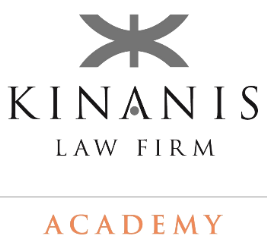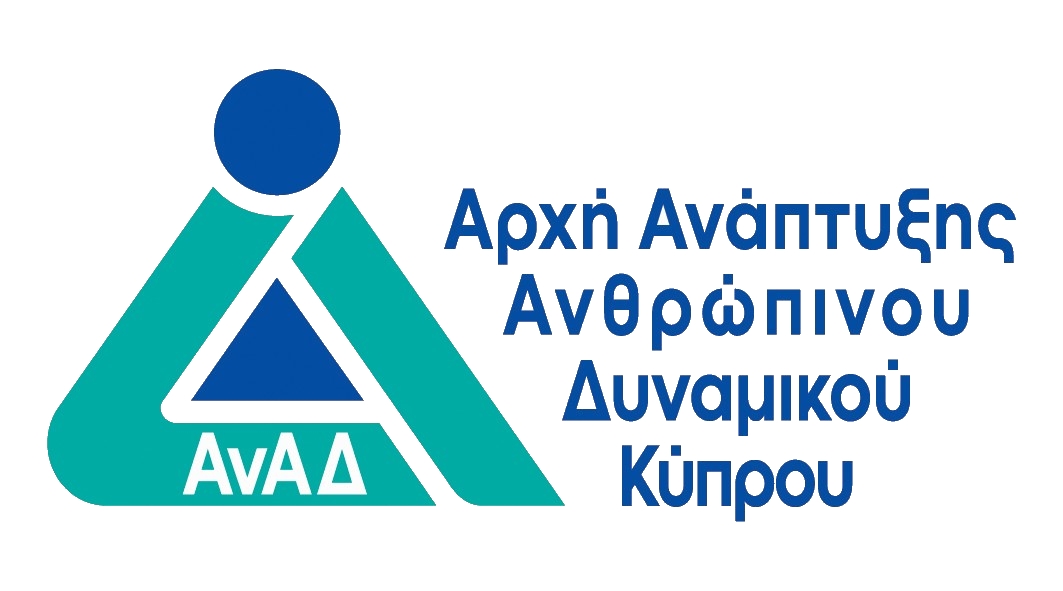ΠΕΡΙΓΡΑΦΗ
This course aims to assist people working in the financial and non-financial industries to comply with anti-money laundering regulations understand how money laundering works and their legal obligations with regards to identification and reporting of suspicious transactions
ΣΚΟΠΟΣ ΣΕΜΙΝΑΡΙΟΥ
After the completion of the webinar, participants are expected to:
Knowledge:
• Describe the stages of money laundering
• Learn the differences between money laundering and terrorist financing.
• Learn about the regulatory framework in the European Union and in Cyprus.
• How to implement appropriate level of Customer Due Diligence (CDD) taking into consideration the money laundering and terrorist financing risk associated with each business relationship.
• Describe the main elements of an effective anti-money laundering program.
Skills:
• Apply appropriate level of CDD.
• Organize the regulated entity’s anti-money laundering policies and procedures.
Attitude:
• To explain the extent of CDD applied
• To cooperate with the anti-money laundering compliance officer when dealing with suspicious
transactions.
The offered Professional Training Course has been approved by the Human Resources Development Authority of Cyprus (HRDA).
ΣΕ ΠΟΙΟΥΣ ΑΠΕΥΘΥΝΕΤΑΙ
This program is specifically designed for:
Front and back-office staff, Compliance Officers and assistant compliance, Accountants, Lawyers, Internal Auditors, Executive directors, other persons working in regulated financial and non-financial sector.
This seminar contributes to Continuing Professional Development for 6 CPD Units.
ΠΕΡΙΣΣΟΤΕΡΕΣ ΠΛΗΡΟΦΟΡΙΕΣ
MODULES
Introduction: Goals and purpose
Part 1:
1. Understanding Money Laundering:
• The global extent of the problem
• Predicate Offences
• The three basic stages of Money Laundering – examples
• Terrorist Financing
• Similarities and differences between Money Laundering and Terrorist Financing
• Various methods used by criminals to launder funds (use of corporations, non-profit organizations, trusts
etc).
Case studies: Real-life case studies that show recent trends on money laundering and terrorist financing.
Quiz questions – Understanding Money Laundering
2. Legal developments in combatting Money Laundering and Terrorist Financing
• Main legislation and other developments
• The Prevention and Suppression of Money Laundering and Terrorist Financing Law of 2007-2021, Law
22(I)2021
• Supervisory Authorities in Cyprus
• Criminalization of money laundering and terrorist financing
3. Quiz: Legal developments in Money Laundering and Terrorist Financing
Part 2:
1. The risk-based approach.
• The FATF recommendations
• The European Directives (4th, 5th and 6th)
• The Supranational Risk Assessment
• The National Risk Assessment
2. Business-wide risk assessment
• Establishing the risk appetite
• Identifying inherent risk
• Apply measures and controls
• Defining the inherent risk
3. Individual customer risk assessment
• Risk factors to take into considerations to identify risk associated with a business relationship:
o Customer risk factors
o Geographical/country risk factors
o Product, service and transaction risk factors
o Delivery channel risk factors.
• Risk levels
4. Examples: The participants will be provided with some examples that they will need to assess the relevant risk
factors to establish the risk level of the customer.
5. Quiz: Implement the risk-based approach
Part 3:
1. Customer Due Diligence (CDD) procedures:
• Types of CDD
• Identification and verification of natural persons
• Identification and verification of legal persons
• High-risk customers
2. Quiz: CDD implementation
Part 4:
1. The anti-money laundering compliance program
• The role of the Board of Directors
• The role of the Compliance Officer
• Employees’ obligations
2. Policies and procedures
▪ Customer acceptance policy
▪ Customer screening
▪ Ongoing monitoring
▪ Customer reviews
▪ Transaction monitoring
3. Case study: Real case scenario of financial institutions that have failed in the implementation of a successful
Anti-money laundering program.
4. Quiz: The AML program, policies and procedures


 Ελληνικά
Ελληνικά  English
English



 Ελληνικά
Ελληνικά
 6 ώρες
(
2 μέρες
)
6 ώρες
(
2 μέρες
)


